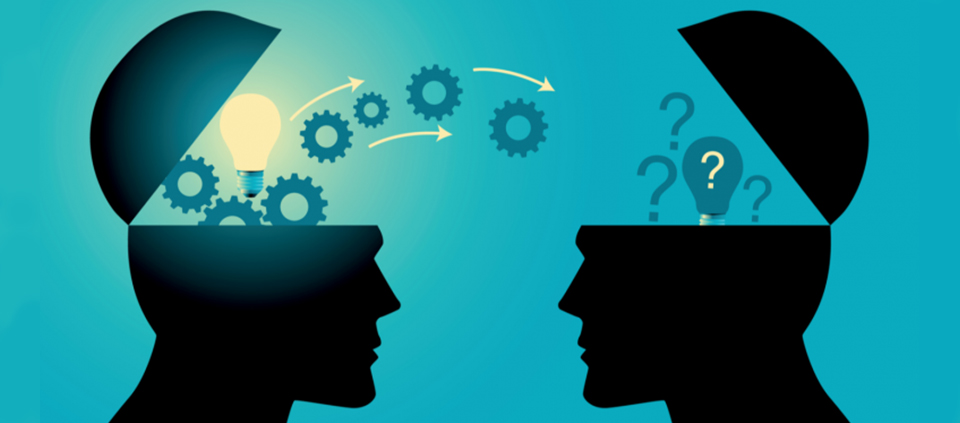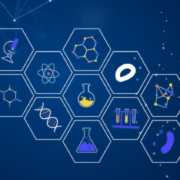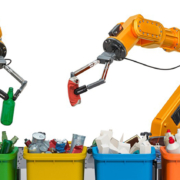The integration of cognitive digital twin technology with the Internet of Things (IoT) has the potential to revolutionize the marketplace by providing companies with valuable insights into their products and processes.
What is Cognitive Digital Twin Technology?
Cognitive digital twin technology is a virtual model of a physical system that uses data and artificial intelligence (AI) to simulate and predict the behavior of that system. This technology combines data from sensors and other sources with machine learning algorithms to create a digital representation of a physical system.
A cognitive digital twin model can be used to monitor and analyze the behavior of a system in real-time, and it can be used to simulate the behavior of that system under different conditions. By using this technology, companies can gain insights into the performance of their products, optimize their operations, and reduce maintenance costs.
What is the Internet of Things (IoT)?
The Internet of Things (IoT) is a network of physical devices, vehicles, home appliances, and other items that are embedded with sensors, software, and other technologies that enable them to connect and exchange data with other devices and systems over the Internet.
IoT devices can collect data from their environment, such as temperature, humidity, and pressure, and transmit that data to other devices or systems for analysis. By using IoT devices, companies can monitor their products and processes in real-time and gain insights into how they are performing.
The Impact of Integrating Cognitive Digital Twin Technology With IoT?
Cognitive digital twin technology can be integrated with IoT by using data from IoT devices to create a digital twin model of a physical system. IoT devices can provide data about the performance of a product or process, which can be used to create a digital twin model.
The digital twin model can then be used to simulate the behavior of the physical system under different conditions and to predict how the system will behave in the future. By using IoT data to create a digital twin model, companies can gain insights into the performance of their products and processes, and they can optimize their operations to reduce costs and improve efficiency.
There are several benefits to integrating cognitive digital twin technology with IoT, including:
- Predictive Maintenance: By using a cognitive digital twin model, companies can predict when maintenance is required on their products or processes, reducing downtime and maintenance costs.
- Improved Efficiency: By monitoring the performance of their products and processes in real-time, companies can optimize their operations to improve efficiency and reduce costs.
- Reduced Waste: With CDT, companies can reduce waste by identifying areas where resources are being wasted.
- Enhanced Product Design: By using a cognitive digital twin model, companies can simulate the behavior of their products under different conditions and make design changes in the earlier stages of R&D to improve performance, reduce costs, and cut time from POC to market.
- Improved Customer Experience: By monitoring the performance of their products in real-time, companies can improve the customer experience by identifying and addressing issues before they become major problems.
How the Market is Already Benefiting from Digital Twin and IoT Technologies
Many industries are already benefiting from the kinds of integration between CDT and IoT technologies. Chief among these is the transportation industry.
Cognitive digital twin technologies coupled with IoT are already proving invaluable for predictive maintenance of high-value military vehicles, airplanes, ships, and even passenger cars. For example, digital twin solutions like those developed by CarTwin extend the lifespan of cars and other vehicles by monitoring the vehicle’s “health” through its “digital twin.”
Basically, CarTwin can provide diagnostic and predictive models for all vehicle systems for which data is available (either directly or indirectly) onboard the vehicle.
Virtually any part of the vehicle that has sensors or that sensors can be developed for can be “twinned.” These data sets are then enhanced and augmented with design and manufacturing data that is already available by the OEM.
Primarily designed for use in fleets of vehicles, in combination with powerful AI models, CarTwin predicts breakdowns, monitors and improves performance, and measures and records real-time greenhouse gas emissions, which reduces expensive maintenance costs and avoids lost revenue associated with fleet downtime.
You can read much more about how AI and digital twin technology in my new book Quantum Care: A Deep Dive into AI for Health Delivery and Research. While the book’s primary focus is on healthcare delivery, it also takes a deep dive into digital twin tech, with an entire chapter devoted to CDT, as well as IoT, and the development and launch of CarTwin!
Rohit Mahajan is a Managing Partner at BigRio and the President and Co-Founder of Citadel Discovery. He has a particular expertise in the development and design of innovative AI and machine learning solutions for clients in Healthcare, Financial Services, Retail, Automotive, Manufacturing, and other industry segments.
CarTwin has leveraged AI and Digital Twin technologies to create a digital, cloud-based clone of a physical vehicle designed to detect, prevent, predict, and optimize through AI and real-time analytics. If you would like to benefit from our expertise in these areas or if you have further questions on the content of this article, please do not hesitate to contact us.









